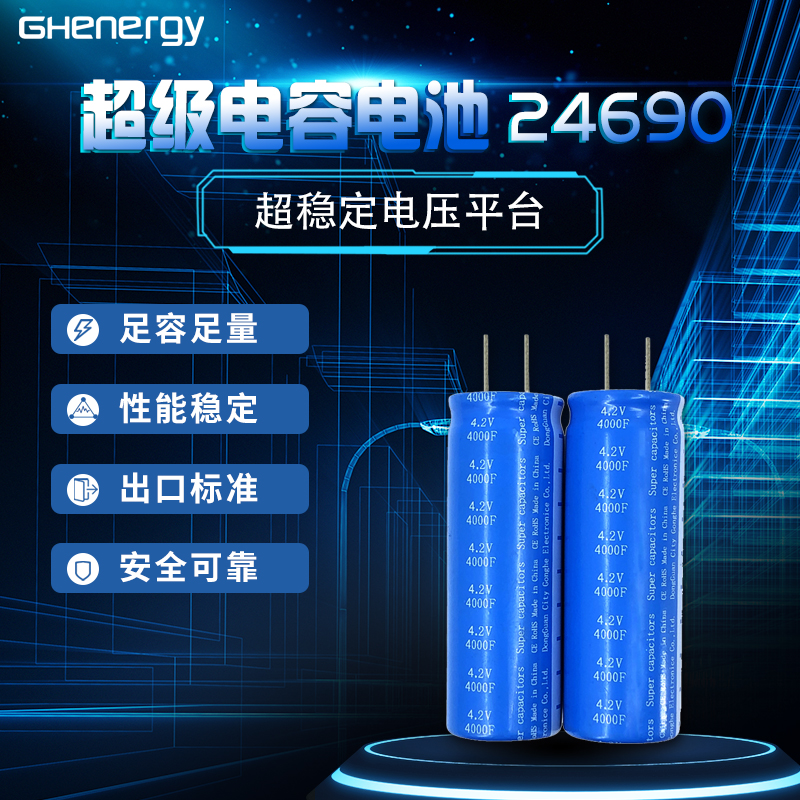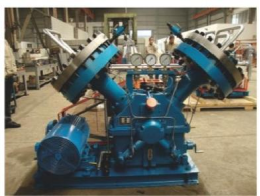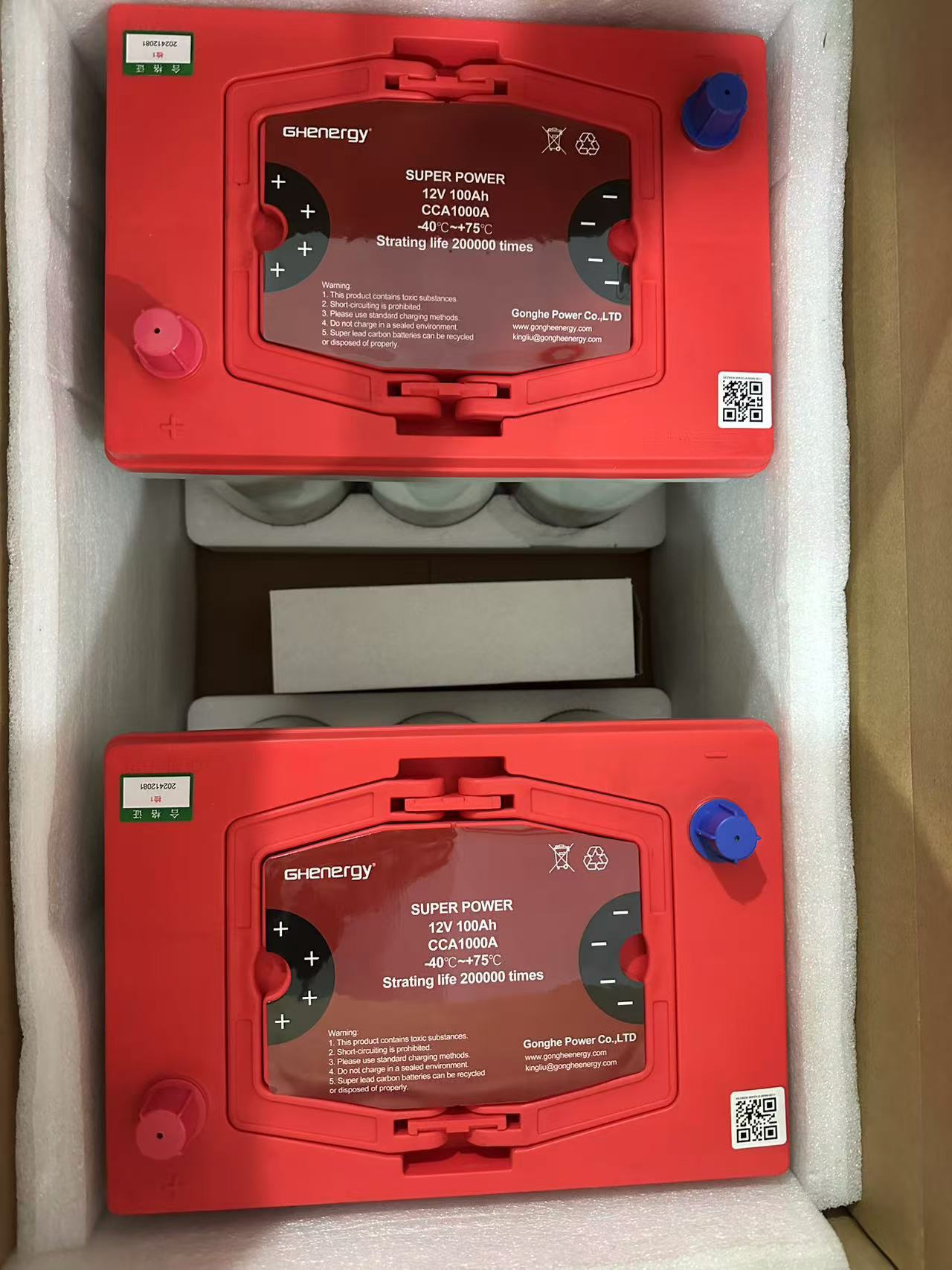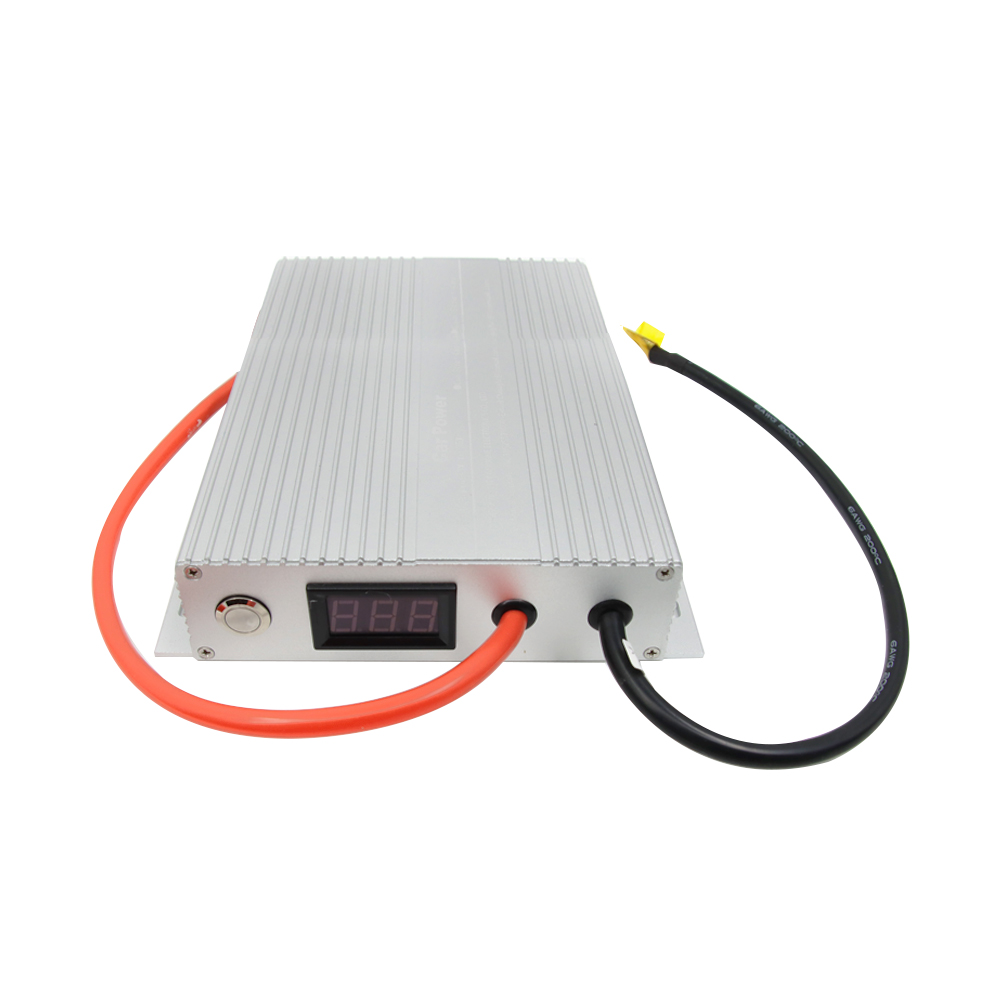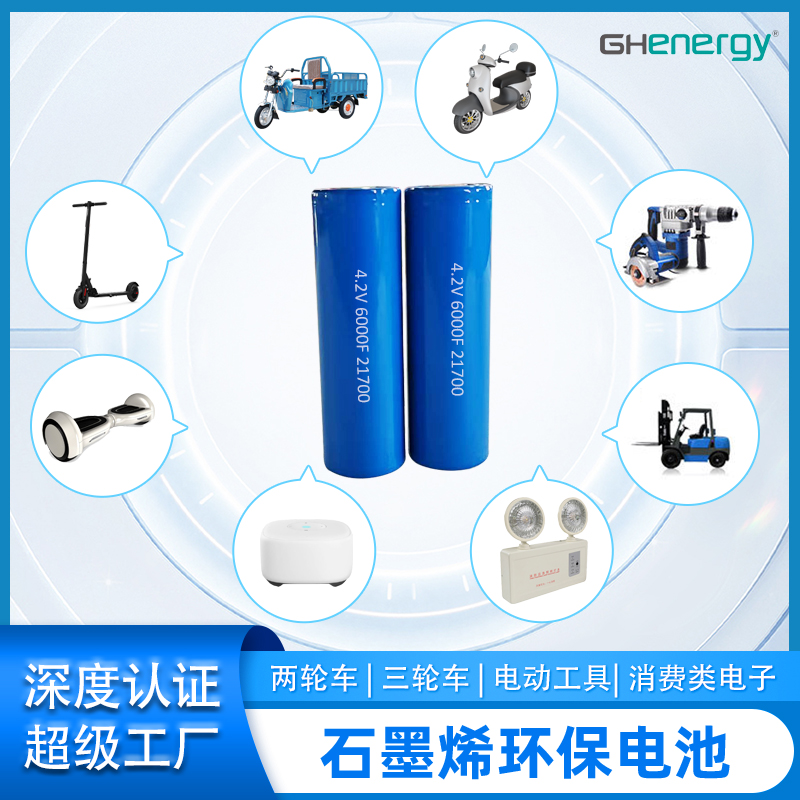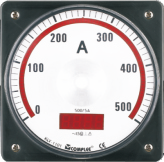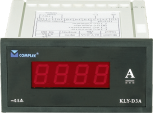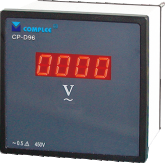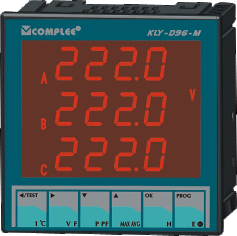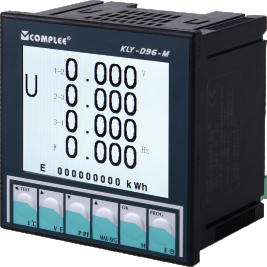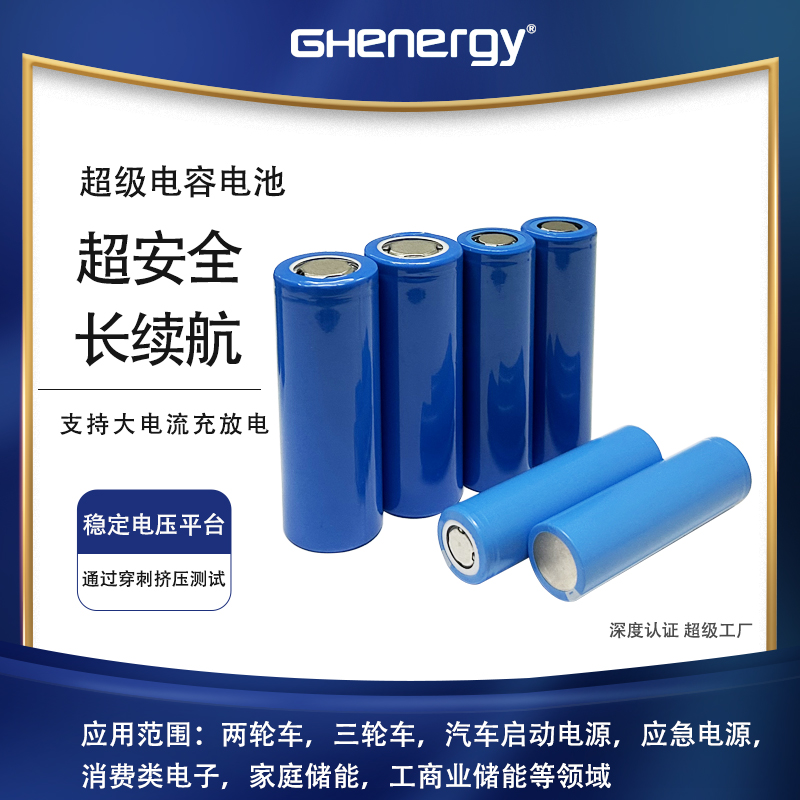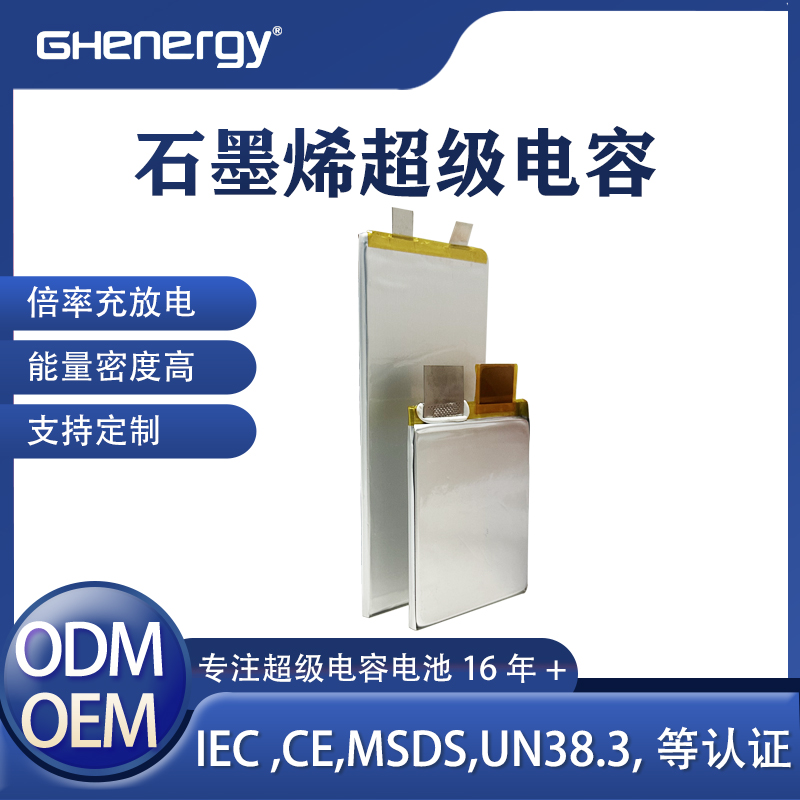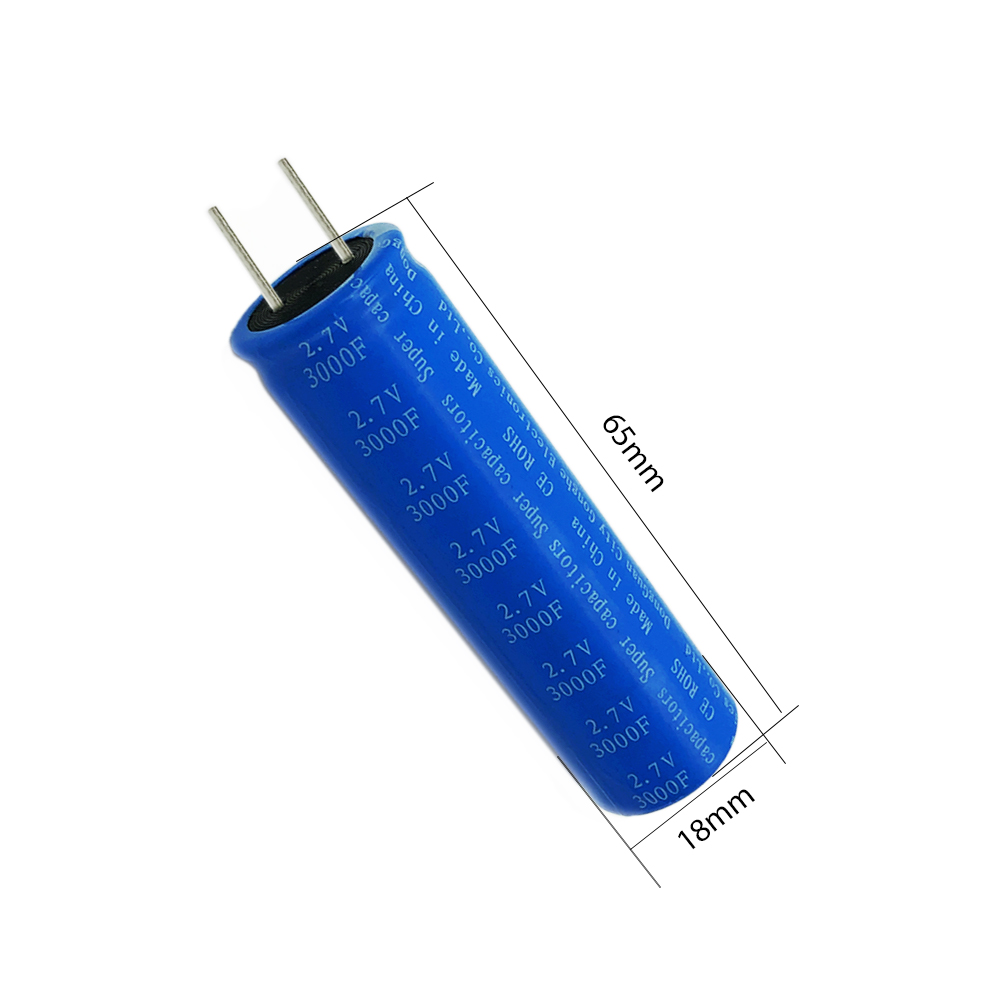
SEEL Swedish Electric Transport Laboratory, Sweden's testbed for electromobility.
Wedoany.com Report-Jan 22, Gothenburg is a hub for innovation and at the forefront of sustainable industry. Now a battery cluster is taking shape, characterised by something that has served the region well: collaboration.
Near Volvo Car's production plant and new battery assembly factory in Torslanda, a gigafactory is under construction. It will be 100 percent powered by fossil-free energy and the aim is to supply batteries for approximately half a million electric cars per year.
Nearby at Lindholmen, Battery Centre Gothenburg will open on 24 January. There, both industrial personnel and students will be trained and educated in battery technology and production. The public-private initiative involves, among others, Volvo Cars and the Volvo Group, Sweden’s two largest companies, who are both committed to electrification.
These two companies are the engine for the new, growing industry in Gothenburg and West Sweden. But the cluster consists of many different companies and stakeholders, and is not limited to passenger cars. The electrification trend is strong in all modes of transport, albeit in different ways and at different rates. In addition to Volvo Cars and the Volvo Group - which will also build a gigafactory in Mariestad, outside of Gothenburg - companies such as Polestar, Zeekr, Lynk & Co, Heart Aerospace, Stena and Einride are at the forefront of electromobility. On the academic side, Chalmers University of Technology conducts advanced battery-related research and education.
Facilitating collaboration
One of the most prominent players in the cluster is SEEL (Swedish Electric Transport Laboratory), a large testbed for electromobility. Chalmers and RISE Research Institutes of Sweden are behind the initiative, and at three different facilities – in Gothenburg, Nykvarn and Borås – they are building knowledge and fostering collaboration to accelerate the development of electrified transport.
“We are open to actors from all over Europe. A special mission is to support small and medium-sized enterprises, and to stimulate collaboration between industry and academia,” says Henrik Svenningstorp, CEO of SEEL.
He continues:
“Vehicles and electrification are two major clusters in Gothenburg, and we are in the middle of them, close to the customers. We are a neutral party and it is natural for a startup to discuss with a large battery or vehicle manufacturer here.”
SEEL recently completed its first year of operation and is now intensifying work in all areas. Henrik Svenningstorp strongly believes in the electrification of both aviation and shipping, and is happy about a memorandum of understanding - linked to RISE and three players in shipping - regarding increased electrification of sea transport.
Another player confidently eyeing increased business opportunities in the aerospace and marine segments is Powercell Group, whose technology converts hydrogen into electricity using fuel cells. The "exhaust gases" are water vapour.
“We supply the majority of the fuel cell technology used by the international aviation industry,” says sales manager Patrik Brouzell.
Powercell Group has its headquarters and most of its operations in Gothenburg. In addition to aviation, the company's technology is also used in the maritime industry as well as in cars, trucks, trains and construction machinery.
“And also stationary power units,” adds Patrik Brouzell. “The overall goal is to phase out fossil fuels. Utilising fuel cell units on construction sites or as reserve units in large buildings, such as hospitals, can be of great importance.”
That Gothenburg plays a central role in the development of fossil-free energy solutions is no coincidence. The region is known for encouraging collaboration between industry, academia and the public sector, creating a distinct innovation environment. The proportion of engineers and those employed with natural science or technical education is significantly higher in Gothenburg than in other large cities in Sweden.
“Collaboration – the key to success”
In 15 years, the city has grown from 500,000 to 600,000 inhabitants. Gothenburg contains many job opportunities for people who want to be part of the green transition. Many people who move here from other countries to work tend to highlight both work-life balance and the flat hierarchies as important factors.
Proof that Gothenburg is a front-runner when it comes to sustainability is that it is the only Swedish city to be selected as a mentor within the Intelligent Cities Challenge (ICC), an initiative from the European Commission.
Patrik Brouzell at Powercell Group believes that collaboration is - and will remain - the key to success for the Gothenburg region.
“It is in our DNA,” he says. “Here we are straightforward, open and generous with sharing our knowledge. This willingness to help each other makes us agile and successful. Together, we can contribute a lot of knowledge and make a difference in the global energy transition.”
Facts: Gothenburg's automotive and mobility sector
Gothenburg is one of the most significant and vibrant hubs for vehicle development in Europe, and a driving force in Sweden's green transition in the transport sector. The automotive and mobility sector employs around 51,000 people in the region. Strength areas include electrification, autonomous driving, sustainable mobility and connectivity.


